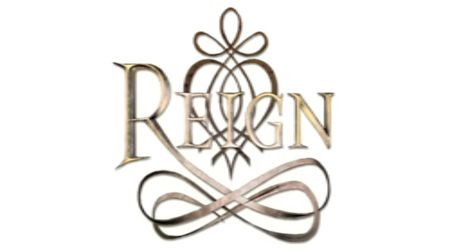Calais is a town and major ferry port in northern France in the department of Pas-de-Calais, of which it is a sub-prefecture.
Appearance[]
Season One[]
In the later parts of the first season Calais was being held by the English. Henry II wanted to take it back from them. A crazy notion until Francis suggested that they not only use France's army but also use the Duke of Guise's army and with that force they could take Calais. Francis later join French troupes at an outpost near Calais, so they can prepare for their invasion. Francis and the army successfully defeat the English in Higher Ground and Calais once again belongs to France, this was the Siege of Calais.
History[]
Due to its position, Calais since the Middle Ages has been a major port and a very important center for transport and trading with England. It was annexed by Edward III of England in 1347 and grew into a thriving center for wool production. Calais was a territorial possession of England until its capture by France in 1558.
Calais was improved by the Count of Flanders in 997 and fortified by the Count of Boulogne in 1224. The first document mentioning the existence of this community is the town charter granted by Mathieu d'Alsace in 1181 to Gerard de Guelders, Count of Boulogne; Calais thus became part of the county of Boulogne. In 1189, Richard the Lionheart is documented to have landed at Calais on his journey to the Third Crusade. In medieval times, the settlement was inhabited by people who spoke Dutch, and who called it Kales. It is mentioned in Welsh documents as Caled, in Irish documents as Calad, and in Breton documents as Kaled.
Medieval Times[]
In 1360 the Treaty of Brétigny assigned Guînes, Marck and Calais—collectively the "Pale of Calais"—to English rule in perpetuity, but this assignment was informally and only partially implemented. On 9 February 1363 the town was made a staple port. It had by 1372 become a parliamentary borough sending burgesses to the House of Commons of the Parliament of England. It remained part of the Diocese of Thérouanne from 1379, keeping an ecclesiastical tie with France.
The town came to be called the "brightest jewel in the English crown" owing to its great importance as the gateway for the tin, lead, cloth and wool trades (or "staples"). Its customs revenues amounted at times to a third of the English government's revenue, with wool being the most important element by far. Of its population of about 12,000 people, as many as 5,400 were recorded as having been connected with the wool trade. The governorship or Captaincy of Calais was a lucrative and highly prized public office; the famous Dick Whittington was simultaneously Lord Mayor of the City of London and Mayor of the Staple in 1407.
The French retake Calais[]
on January 7, 1558, the French under Francis, Duke of Guise took advantage of a weakened garrison and decayed fortifications to retake Calais. When the French attacked, they were able to surprise the English at the critical strong point of Fort Nieulay and the sluice gates, which could have flooded the attackers, remained unopened. The loss was regarded by Queen Mary I of England as a dreadful misfortune. When she heard the news, she reportedly said, "When I am dead and opened, you shall find 'Philip' [her husband] and 'Calais' lying in my heart. The region around Calais, then-known as the Calaisis, was renamed the Pays Reconquis ("Reconquered Country") in commemoration of its recovery by the French. Use of the term is reminiscent of the Spanish Reconquista, with which the French were certainly familiar—and, since it occurred in the context of a war with Spain (Philip II of Spain was at the time Queen Mary's consort), might have been intended as a deliberate snub. After that time the Dutch speaking population was forced to speak French.
The town was captured by the Spanish on April 24, 1596 in an invasion mounted from the nearby Spanish Netherlands by Archduke Albert of Austria, but it was returned to France under the Treaty of Vervins in May 1598.
Calais Today[]
Calais is currently home to around 1,000 migrants, mostly looking to enter the UK avoiding the strict immigration controls at the port. Some 700–800 migrants, mostly Afghan, were camped in an area among the dunes near the port, locally called 'The Jungle', but this was destroyed by French authorities in a dawn raid on 22 September 2009. The inhabitants were partly imprisoned at the nearby Centre de Rétention of Coquelles, but many more were taken to detention centers all over France before being released and having to make the long journey back to Calais by foot. After the closing of the camp, the French authorities have threatened to repatriate to Afghanistan.
Geography[]
Calais is located on the Pas de Calais, which marks the boundary between the English Channel and North Sea and located at the opposite end of the Channel Tunnel, 34 kilometers (21 miles) from Dover. Calais is located 288 km (179 mi) north by road from the French capital of Paris, roughly a 3 hour 15 minute journey. The commune of Calais is bordered by the English channel to the north, Sangatte and Coquelles to the west, Coulogne to the south and Marck to the east.














